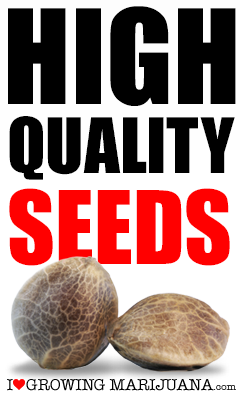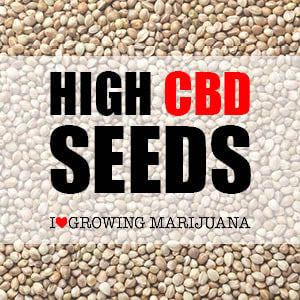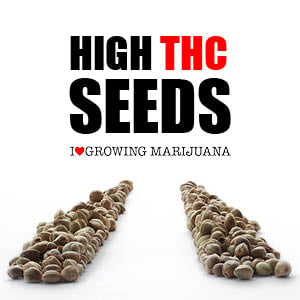Best Lighting For Indoor Cannabis
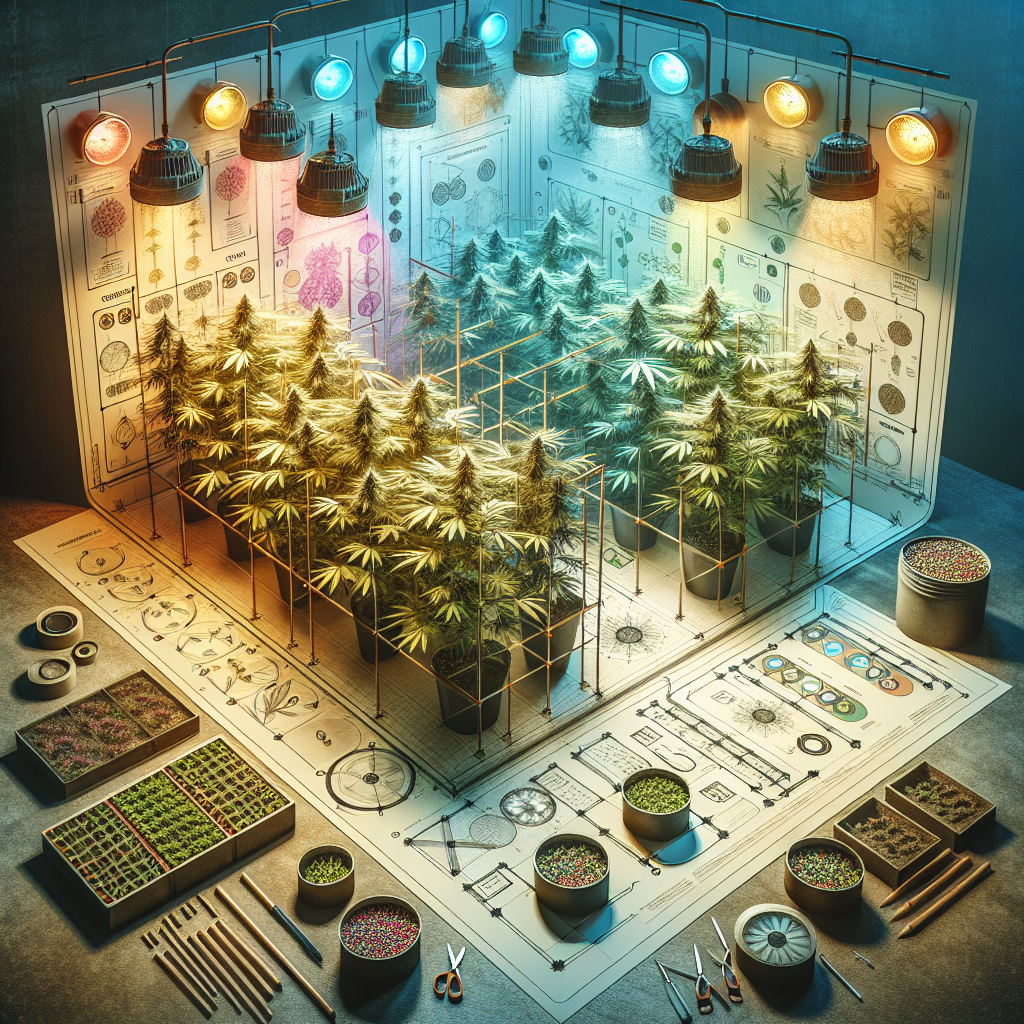
Best Lighting For Indoor Cannabis. If you’re looking to cultivate your own indoor cannabis plants, finding the right lighting is crucial for their growth and overall success. Poor lighting can stunt growth and result in lower yields, while the right lighting can provide optimal conditions for healthy and flourishing plants. In this article, we’ll explore the best lighting options available for indoor cannabis cultivation, ensuring that you have all the information you need to make an informed decision and set your plants up for success.
Why Lighting is Important for Indoor Cannabis
When it comes to growing cannabis indoors, lighting plays a crucial role in the overall health and productivity of the plant. Unlike outdoor cultivation, where sunlight provides the necessary light for growth, indoor growers must rely on artificial lighting to mimic the natural conditions needed for successful cannabis cultivation. Understanding the importance of lighting and its impact on cannabis growth is essential for achieving optimal results.
Understanding the Role of Light in Cannabis Growth
Light is one of the most critical factors in the growth and development of cannabis plants. Plants utilize light in a process known as photosynthesis, where they convert light energy into chemical energy to fuel their growth. In indoor cannabis cultivation, the correct balance of light intensity, spectrum, and duration is crucial to replicate the natural conditions required for healthy plant development.
The Impact of Different Light Spectrums on Cannabis Growth
Different wavelengths of light, also known as the light spectrum, have varying effects on cannabis growth. The two primary types of light spectra used in cannabis cultivation are cool (blue) and warm (red) spectrum lights. Cool spectrum lights with a higher blue wavelength are typically used during the vegetative stage of growth as they promote strong stem and leaf development. On the other hand, warm spectrum lights with a higher red wavelength are commonly employed during the flowering stage to encourage robust bud formation.
Factors to Consider When Choosing Lighting for Indoor Cannabis
When selecting lighting for indoor cannabis cultivation, several factors should be taken into consideration. These factors include light intensity, spectrum, duration, heat output, and cost. Each factor plays a crucial role in providing the optimum lighting conditions necessary for healthy and productive cannabis plants.
Light Intensity
Light intensity refers to the amount of light produced by a lighting source and is usually measured in lumens or lux. Cannabis plants require a specific range of light intensity for optimal growth. Insufficient light intensity can lead to poor plant development, weak stems, and smaller yields. On the other hand, excessive light intensity can cause light burn, heat stress, and damage to the plant’s foliage. Finding the right balance is essential for achieving optimal results.
Light Spectrum
As mentioned earlier, the light spectrum plays a significant role in cannabis growth. The choice of light spectrum depends on the growth stage of the plant. Cool spectrum lights (higher blue wavelength) are recommended for the vegetative stage, while warm spectrum lights (higher red wavelength) are ideal for the flowering stage. Full spectrum lights, which provide a balanced mix of both cool and warm wavelengths, can also be used throughout the plant’s entire lifecycle.
Light Duration
The duration of light exposure, also known as the photoperiod, significantly influences cannabis growth. During the vegetative stage, it is common practice to expose cannabis plants to 18-24 hours of light per day, replicating the long summer days. On the other hand, during the flowering stage, growers reduce the light exposure to 12 hours per day to mimic shorter fall days, which triggers the plant’s bud formation. Maintaining consistent and appropriate light durations is crucial for cultivating healthy cannabis plants.
Heat Output
The heat emitted by lighting systems is another critical factor to consider. Cannabis plants are sensitive to excessive heat, which can lead to heat stress and negatively impact plant health and growth. Different lighting technologies produce varying levels of heat. It is essential to choose a lighting system that efficiently dissipates heat while providing the required light intensity and spectrum.
Cost
The cost of lighting is an important consideration for indoor cannabis growers. Different lighting systems vary in price, and it is essential to strike a balance between affordability and performance. While LED lighting may have a higher upfront cost compared to other options, it offers long-term energy savings and durability, making it a cost-effective choice in the long run.
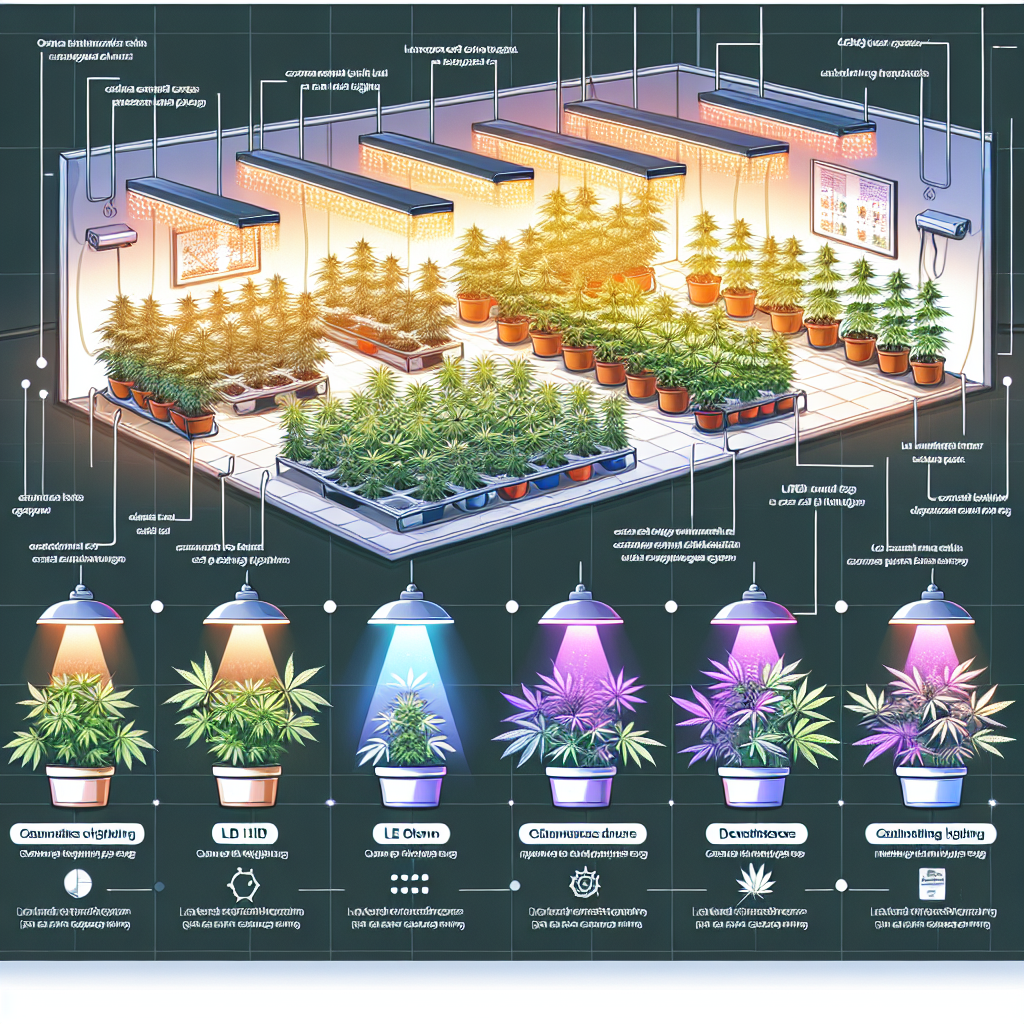
Types of Lighting for Indoor Cannabis
There are several types of lighting options available to indoor cannabis growers, each with its strengths and weaknesses. The four primary types of lighting commonly used in cannabis cultivation are incandescent lighting, fluorescent lighting, high-intensity discharge (HID) lighting, and light emitting diodes (LED) lighting. Let’s explore each type in detail.
Incandescent Lighting
Incandescent lighting is a traditional lighting option that emits a warm spectrum of light. While incandescent bulbs are readily available and cost-effective, they are not ideal for indoor cannabis cultivation due to their low light intensity and high heat output. Additionally, incandescent bulbs have a shorter lifespan compared to other lighting options, making them less cost-effective in the long run.
Fluorescent Lighting
Fluorescent lighting is a popular choice among indoor cannabis growers, especially for small-scale operations or those on a tight budget. Fluorescent lights are energy-efficient, produce low heat, and have a longer lifespan. However, they have a lower light intensity compared to other lighting options, which can impact plant growth and yield.
High-Intensity Discharge (HID) Lighting
HID lighting is widely used in indoor cannabis cultivation due to its high light intensity and efficiency. Metal Halide (MH) bulbs are commonly used during the vegetative stage, while High-Pressure Sodium (HPS) bulbs are favored for the flowering stage. HID lighting systems require a ballast to regulate the electrical current and provide the necessary voltage to the bulbs. While HID lighting offers impressive results, it produces a significant amount of heat and requires proper ventilation to prevent overheating.
Light Emitting Diodes (LED) Lighting
LED lighting has gained popularity in recent years due to its energy efficiency, longer lifespan, and versatility. LED lights provide a full spectrum of light, making them suitable for all growth stages of cannabis plants. They generate less heat, reducing the risk of heat stress and minimizing the need for additional cooling systems. While LED lighting systems may have a higher upfront cost, their energy efficiency and durability make them a cost-effective option in the long term.
 Pros and Cons of Different Lighting Options
Pros and Cons of Different Lighting Options
Each lighting option comes with its own set of advantages and disadvantages. Let’s discuss the pros and cons of each type:
Incandescent Lighting
Pros:
- Cost-effective
- Easily available
Cons:
- Low light intensity
- High heat output
- Shorter lifespan
Fluorescent Lighting
Pros:
- Energy-efficient
- Low heat output
- Longer lifespan
Cons:
- Lower light intensity compared to other options
HID Lighting
Pros:
- High light intensity
- Efficient
- Suitable for all growth stages
Cons:
- Produces significant heat
- Requires proper ventilation
LED Lighting
Pros:
- Energy-efficient
- Long lifespan
- Versatile and suitable for all growth stages
- Less heat output
Cons:
- Higher upfront cost
Choosing the Right Lighting Setup Based on Plant Growth Stages
Cannabis plants go through different growth stages, and each stage requires specific lighting conditions to ensure optimal development and yield.
Propagation and Seedling Stage
During the propagation and seedling stage, cannabis plants require gentle lighting to promote healthy root and leaf development. T5 fluorescent lights or low-intensity LED lights are ideal for this stage, as they provide the necessary light intensity without causing stress to the delicate plants.
Vegetative Stage
In the vegetative stage, cannabis plants require higher light intensity to encourage robust stem and leaf growth. Metal Halide (MH) HID lighting or high-intensity LED lights are commonly used during this stage, as they provide the required light spectrum and intensity to support vigorous vegetative growth.
Flowering Stage
The flowering stage is crucial for bud development, requiring specific lighting conditions to optimize yields. High-Pressure Sodium (HPS) HID lighting or LED lights with a higher red spectrum are recommended during this stage to promote bud formation and enhance resin production.
Additional Lighting Considerations for Indoor Cannabis
Apart from the primary factors mentioned above, there are several other considerations that can further enhance the performance of indoor cannabis lighting setups.
Light Distance and Placement
The distance between the light source and the plant canopy is crucial for providing the ideal light intensity and preventing light burn. Ensuring the correct distance is maintained throughout the plant’s growth stages is essential for healthy growth and maximum yield. Additionally, proper light placement, such as using reflectors to redirect light towards the plants, can help increase light efficiency and coverage.
Lighting Controllers and Timers
Using lighting controllers and timers can automate the lighting schedule, ensuring consistent and precise light durations for each growth stage. This eliminates the risk of human error and provides optimal lighting conditions for the plants.
Light Reflectors
Light reflectors redirect light that would otherwise be lost, ensuring maximum light coverage and efficiency. Reflectors can help distribute light more evenly across the plant canopy, reducing the need for additional lighting fixtures.
Lighting Maintenance and Replacement
Regular cleaning and maintenance of lighting fixtures are essential to ensure optimal light output and prevent dust or debris from blocking the light source. Additionally, it is crucial to monitor the lifespan of the lighting bulbs and replace them when they start to degrade to maintain consistent light intensity and spectrum.
Energy Efficiency and Sustainability
With growing concerns about energy consumption and environmental impact, energy efficiency and sustainable practices are gaining importance in indoor cannabis cultivation.
Energy Efficiency Ratings
When choosing lighting systems, considering their energy efficiency ratings can help reduce energy consumption and lower electricity costs. LED lighting systems are known for their high energy efficiency compared to other options, making them an environmentally friendly choice.
Sustainable Lighting Practices
Implementing sustainable lighting practices, such as using energy-efficient bulbs, employing lighting controllers and timers, and maximizing light efficiency through reflectors, can significantly reduce energy consumption and minimize the carbon footprint of indoor cannabis cultivation.
Case Studies: Successful Lighting Setups for Indoor Cannabis
Understanding successful lighting setups and their outcomes can provide valuable insights for indoor cannabis growers. Let’s take a look at two case studies:
Case Study 1: High-Yield Cannabis Cultivation with LED Lighting
In this case study, a cannabis grower implemented an LED lighting system throughout all growth stages. The use of full spectrum LED lights ensured that the plants received the ideal balance of cool and warm wavelengths. The grower reported significant improvements in plant health, strong bud development, and a higher yield compared to previous lighting setups.
Case Study 2: Optimal Growth with HID Lighting
Another cannabis cultivator achieved optimal growth by utilizing HID lighting systems, specifically Metal Halide (MH) bulbs during the vegetative stage and High-Pressure Sodium (HPS) bulbs during the flowering stage. This setup provided high light intensity and the necessary spectrum for each growth stage, resulting in healthy plants with dense buds and substantial yields.
Conclusion Best Lighting For Indoor Cannabis
Choosing the right lighting for indoor cannabis cultivation is vital for achieving healthy and productive plants. Factors such as light intensity, spectrum, duration, heat output, and cost should be carefully considered to provide the optimal conditions for cannabis growth. Understanding the different lighting options available, their pros and cons, and their suitability for each growth stage is crucial for success. By implementing additional considerations such as light placement, controllers, and reflectors, and adopting energy-efficient and sustainable practices, indoor cannabis growers can maximize yields while minimizing energy consumption and environmental impact.




